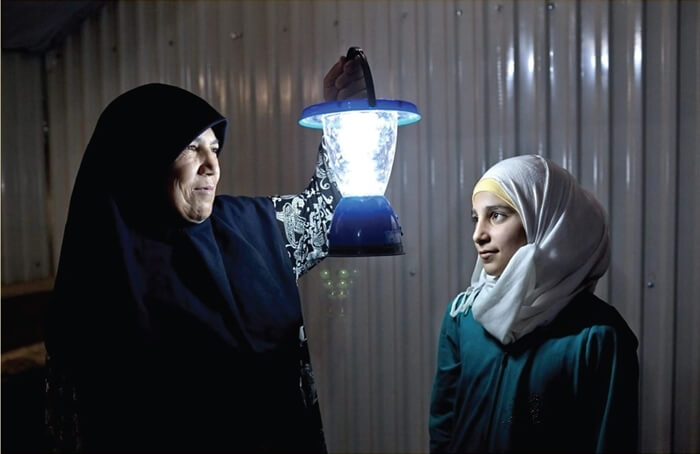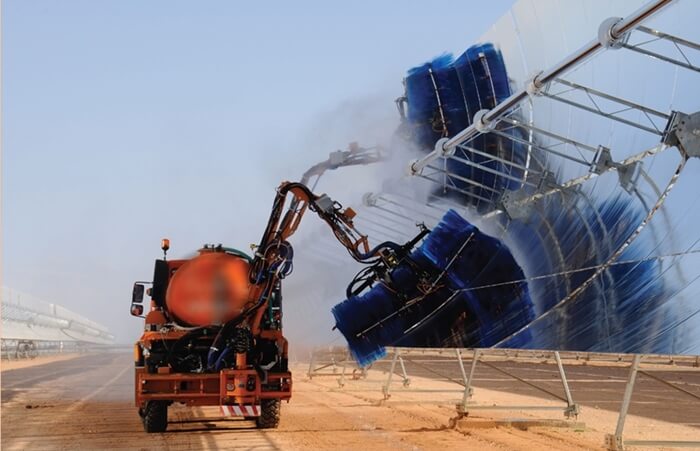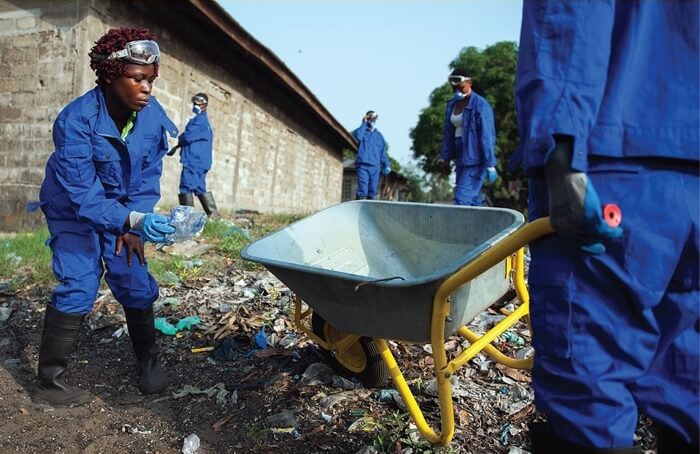Excerpt from CNN
Low-lying atolls in the Pacific Ocean have long been considered some of the most vulnerable areas to climate change, as rising sea levels threaten to submerge them.

Island Innovation is a social enterprise and digital media company at the intersection of sustainable development and communications, offering specialised services across various sectors. We bring together the private sector, government, utilities, NGOs and universities to advance innovation for sustainability and prosperity in islands worldwide.















